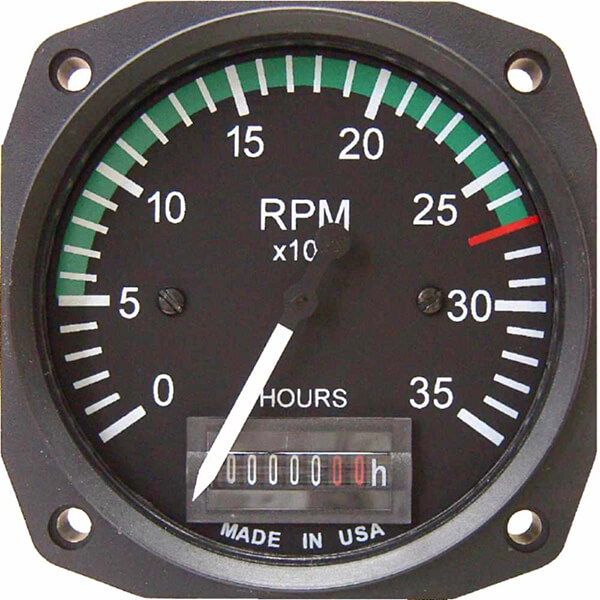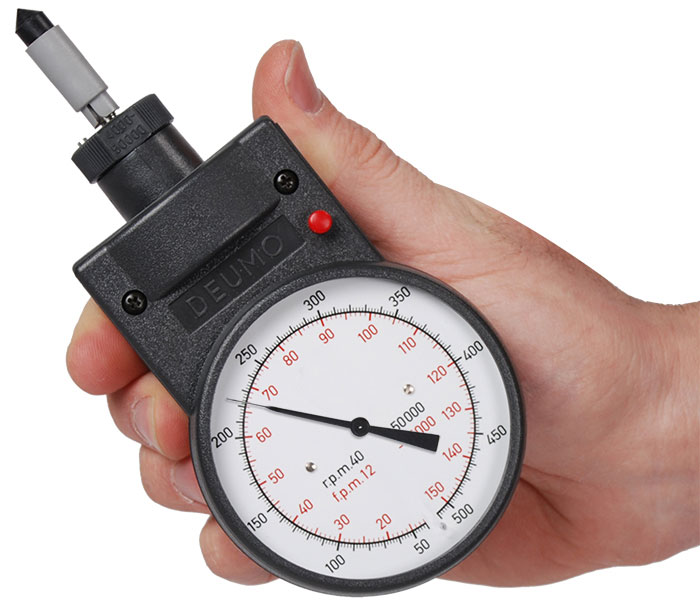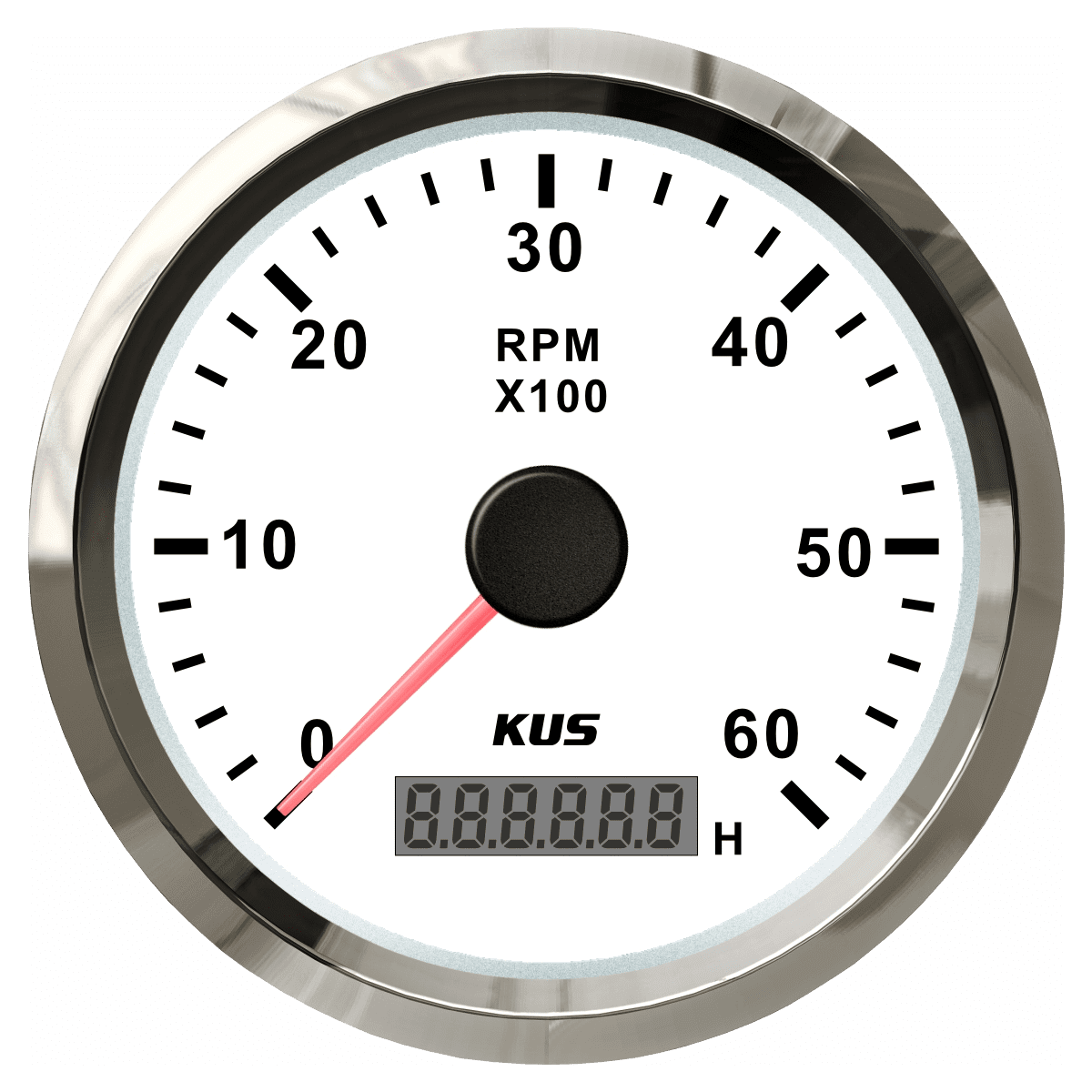The Importance of a Tachometer in Monitoring Engine Speed and Efficiency in Automotive Applications
In the realm of vehicle design, the tachometer stands as a crucial instrument in the chauffeur's toolbox, supplying a straight home window right into the internal operations of a vehicle's engine. Beyond its function as a mere gauge of revolutions per minute (RPM), the tachometer serves as an important tool for lovers and experts alike, using real-time insights right into engine efficiency and health and wellness.
Value of Checking Engine RPM
Checking engine RPM, or changes per min, is an essential facet of auto upkeep and performance assessment. Engine RPM directly correlates with the rate at which the engine's crankshaft revolves, suggesting exactly how rapidly the engine is running - tachometer. By keeping track of RPM, mechanics can assess the wellness of the engine, identify possible problems, and fine-tune performance. An uncommon RPM analysis may signal troubles such as engine misfires, malfunctioning stimulate plugs, or issues with the gas shipment system. Regularly high RPM readings can suggest aggressive driving behaviors or the requirement for a higher equipment shift to improve gas efficiency.
Moreover, monitoring engine RPM is vital for efficiency evaluation in racing and high-performance lorries. In recap, keeping track of engine RPM is not just essential for spotting problems however additionally for optimizing engine performance in numerous automotive applications.

Advantages of Real-Time Information
In automotive applications, real-time data plays an important function in supplying instantaneous insights into the performance and condition of the automobile. By constantly keeping an eye on numerous criteria such as engine rate, temperature level, gas usage, and a lot more, real-time data provides various benefits that contribute to enhanced efficiency and safety when traveling.
One significant benefit of real-time information is its capability to sharp chauffeurs and specialists to any anomalies or concerns without delay. This aggressive technique allows quick recognition of possible issues, enabling timely treatments to avoid additional damage or failures. Furthermore, real-time data facilitates efficiency optimization by supplying instant feedback on driving behaviors and engine effectiveness. Chauffeurs can readjust their habits in real-time based on this details to accomplish better gas economy and lengthen the life expectancy of their vehicle.

Moreover, real-time information investigate this site plays an important duty in modern vehicle diagnostics, enabling service technicians to quickly identify and address breakdowns. This causes lowered downtime, lower upkeep prices, and ultimately, enhanced total vehicle dependability and long life (tachometer). By harnessing the power of real-time data, vehicle stakeholders can make enlightened decisions that positively affect both the efficiency and long life of the car
Effect On Equipment Shifts
Efficient gear shifts in vehicle applications dramatically affect overall performance and driving experience. The tachometer plays an important duty in maximizing equipment changes by giving real-time engine speed data to the driver. When approaching the redline on the tachometer, it indicates the chauffeur to upshift to stop over-revving the engine and triggering prospective damage. On the other hand, downshifting at the best moment can assist preserve the engine in its power band, making sure responsive acceleration when needed.
In addition, the tachometer help in accomplishing smoother gear transitions, particularly in hand-operated transmissions. more info here By checking engine speed, chauffeurs can perform gear changes at the ideal RPM range, reducing snagging movements and reducing endure the transmission parts. This precision on duty adjustments not only enhances driving convenience however also adds to sustain efficiency.
Enhancing Gas Effectiveness
Given the critical duty the tachometer plays in optimizing equipment shifts for performance and engine health and wellness, it directly adds to optimizing fuel performance in vehicle applications. By supplying real-time comments on engine speed, the tachometer assists vehicle drivers in preserving the most efficient RPM array for fuel economic situation. When motorists consistently check the tachometer and adjust their motoring habits as necessary, they can avoid unneeded gas consumption triggered by over-revving or lugging the engine.
Furthermore, the tachometer assists motorists recognize the most fuel-efficient equipment to be in at any kind of provided minute, protecting against the engine from functioning tougher than essential. In verdict, the tachometer offers as a beneficial device in boosting gas performance by advertising ideal driving routines and determining areas for improvement in the vehicle's performance.

Optimizing Engine Durability
The tachometer's duty in monitoring engine rate and performance is instrumental in guaranteeing the longevity of vehicle engines. Monitoring the tachometer permits chauffeurs to stay within the suggested RPM array for their vehicle, avoiding unneeded strain on the engine and prolonging its life-span.

Conclusion
Finally, the tachometer plays an essential duty in keeping an eye on engine rate and performance in auto applications. By offering real-time information on RPM, it enables for reliable gear changes, enhanced fuel performance, and optimized engine longevity. This tool is essential for preserving optimum engine performance and making sure the total performance of a lorry.